[et_pb_section admin_label=”section”][et_pb_row admin_label=”row”][et_pb_column type=”4_4″][et_pb_code admin_label=”Code”]<center>
</center>[/et_pb_code][et_pb_post_title admin_label=”Post Title” title=”on” meta=”on” author=”on” date=”on” categories=”on” comments=”on” featured_image=”on” featured_placement=”below” parallax_effect=”on” parallax_method=”on” text_orientation=”center” text_color=”dark” text_background=”off” text_bg_color=”rgba(255,255,255,0.9)” module_bg_color=”rgba(255,255,255,0)” title_all_caps=”off” use_border_color=”off” border_color=”#ffffff” border_style=”solid”] [/et_pb_post_title][et_pb_text admin_label=”Text” background_layout=”light” text_orientation=”left” use_border_color=”off” border_color=”#ffffff” border_style=”solid”]Photo by The Racing Biz
by Doug McCoy
One of the big surprises regarding the first three racing programs has been the strong inside speed bias of the Delaware Park main track, a bias many veteran observers say is as pronounced as they have observed in recent memory.
The Delaware main strip has always favored front runners and horses with strong tactical speed, but through the first three racing programs, horses who have been able to get to the lead and the rail have been nearly unbeatable. In 23 of the 27 races run since the meeting started, the winners have either been on the lead or second at the quarter pole and the stretch points of call. Even under pressure inside front runners have managed to hold the lead, with many drawing away entering the stretch.
Handicappers would be well advised to take these facts into consideration when making their selections and wagers.
[/et_pb_text][et_pb_code admin_label=”Code”]<center></center>[/et_pb_code][/et_pb_column][/et_pb_row][/et_pb_section]




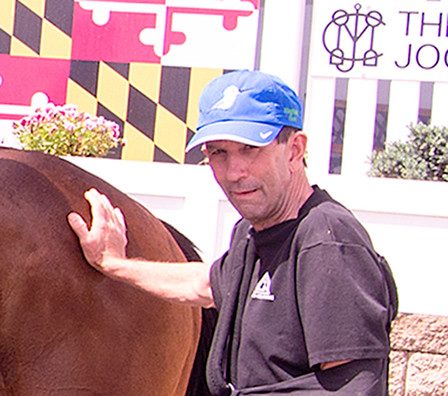
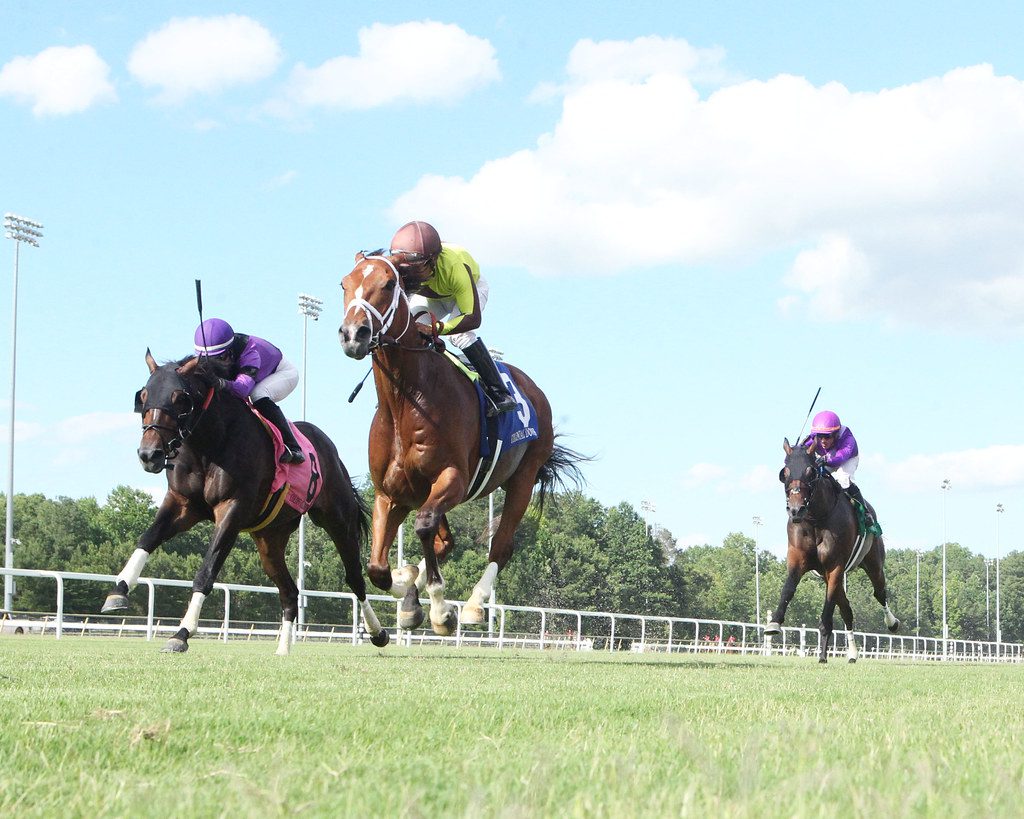
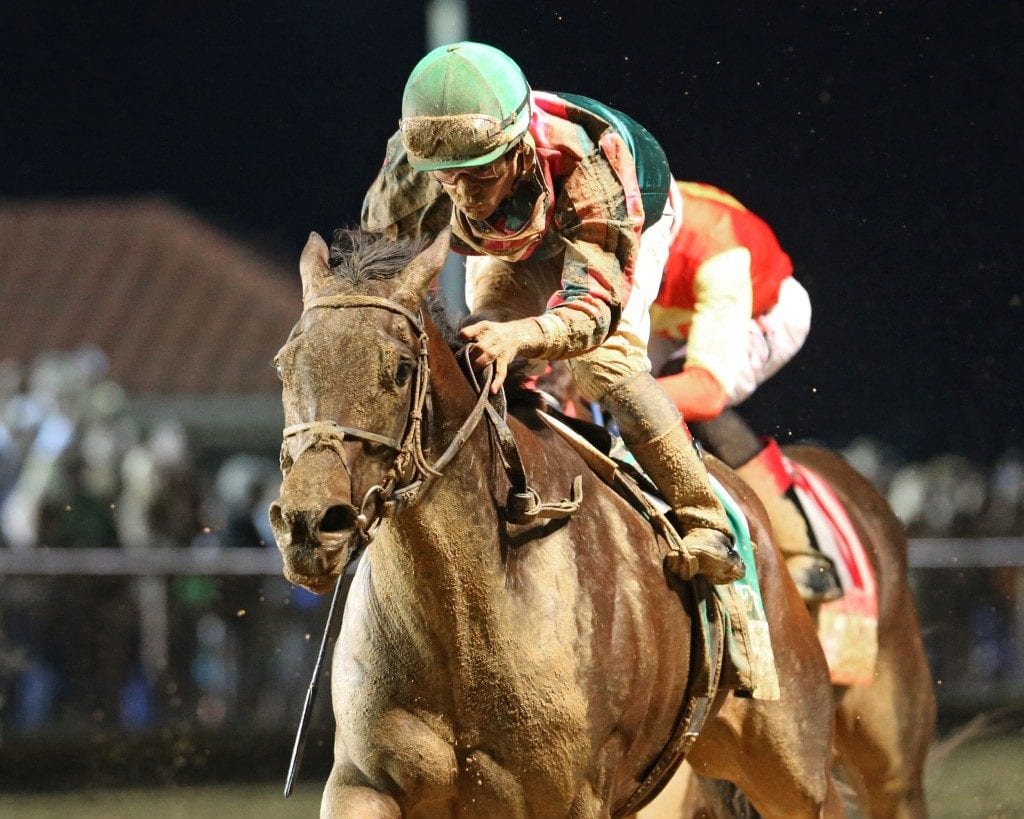

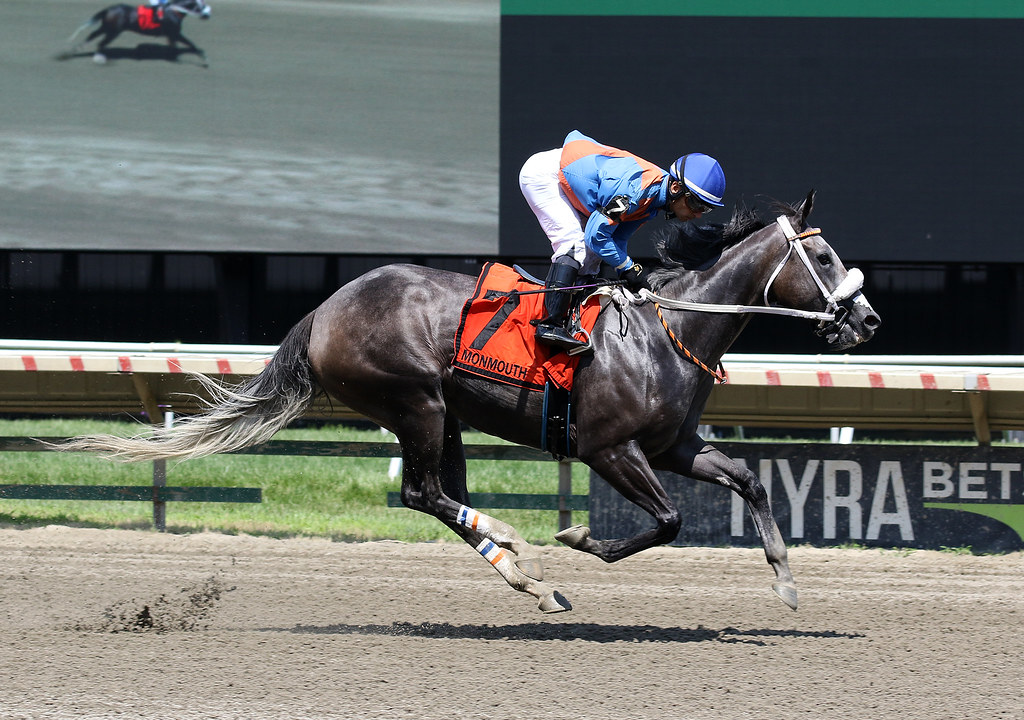
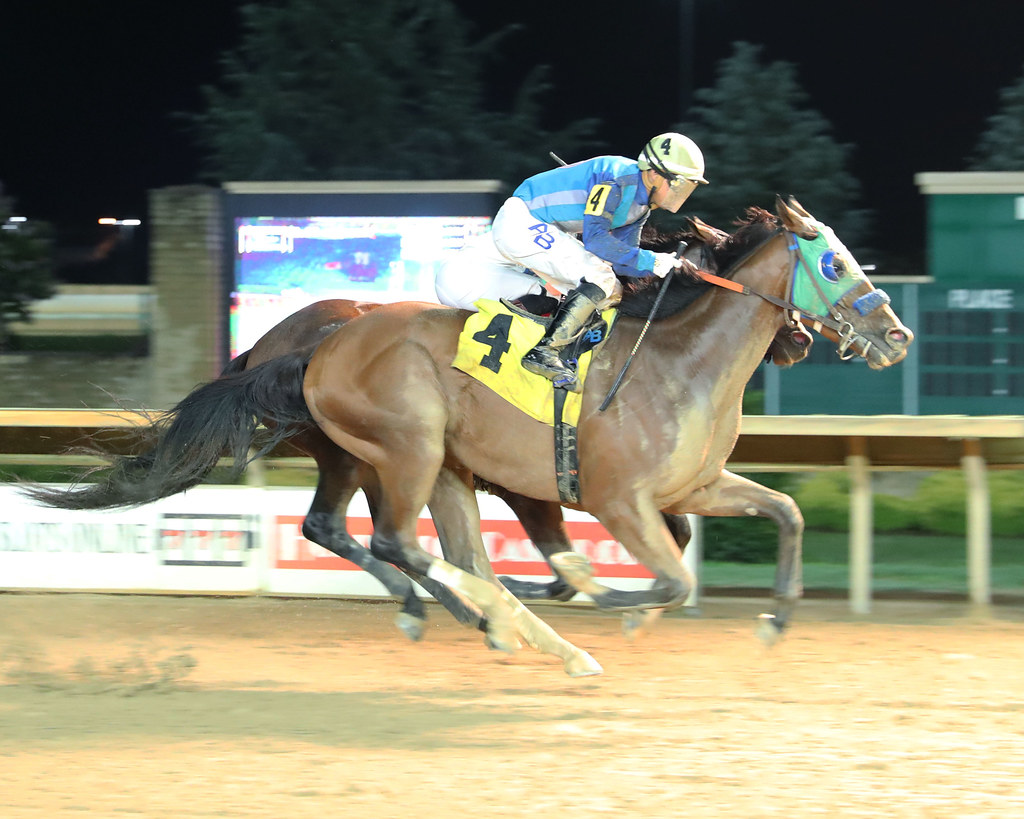



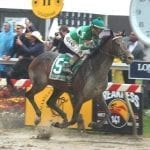
Anonymous
28th May 20163.5